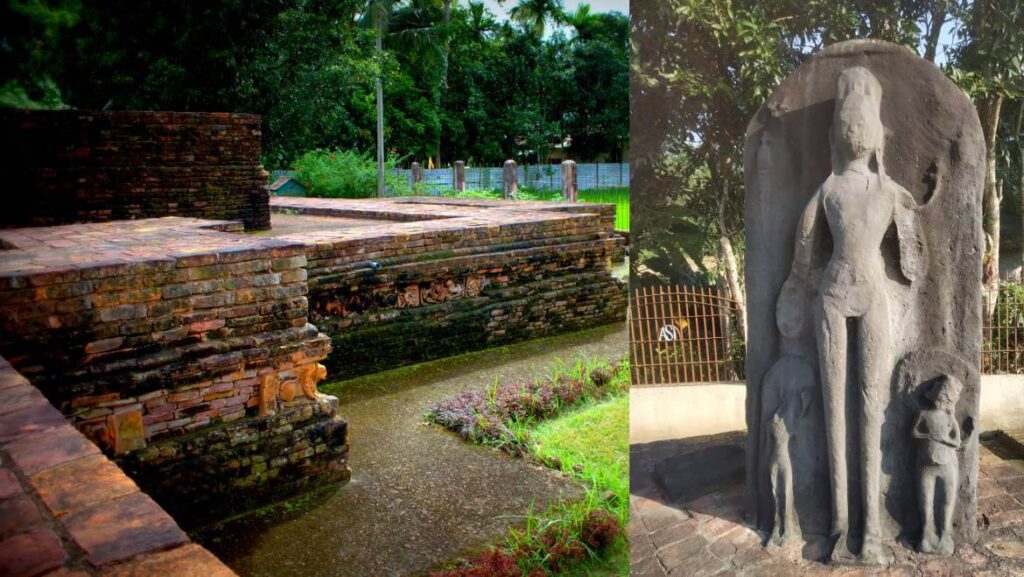The oldest forms of architecture, art, and culture are some of the fascinating things that captivate us today. Besides, who wouldn’t want to see the historical artifacts that archaeologists have unearthed from deep within the earth?
The Buddhist archaeological site of Pilak in Tripura offers an ideal opportunity to witness the works of ancient civilizations. Excavations at Pilak began in 1927 and are still ongoing, continually revealing mysterious and mystical artifacts from the early dynasties of the northeast Indian region. Most notably, the site showcases a remarkable collection of Buddhist art and artifacts, including stupas, monastic remains, terracotta plaques, sculptures, and inscriptions. These highlight Pilak’s history as a prominent center of Buddhism and a pilgrimage destination during ancient times. The ongoing efforts to preserve and conserve Pilak as a national heritage site cater to the interests of history enthusiasts and tourists. Furthermore, the Pilak archaeological sites have unearthed many historical reference sculptures and other artifacts related to Hindu deities and culture. The combination of the artistry of Buddhist and Hindu history makes the place even more fascinating. If you love to explore the secrets buried long ago in history, you will love it here, as it is the best place for historical Buddhist tourism in Tripura.

Pilak’s history dates back to the 8th and 12th centuries when it played crucial roles in religious and cultural interactions. The medieval period witnessed a significant expansion of Buddhism, not only in India but also in the surrounding regions. Pilak, with its Buddhist monasteries, stupas, and pilgrimage sites, emerged as a center of spiritual and intellectual activities. Situated along important trade routes that connected India with Southeast Asia and beyond, including parts of Bengal and Bihar ruled by the Pala dynasty, Pilak experienced a blending of artistic styles and religious practices from different dynasties. After periods of decline and abandonment, the site was rediscovered during the colonial era, attracting the attention of archaeologists and researchers interested in its historical and archaeological significance. Today, the Indian government and heritage organizations are actively involved in preserving and protecting the archaeological site of Pilak, which has been recognized as an important national heritage site. Recently, the Pilak archaeological site in Tripura has become the top trending destination for Buddhist tourism in the region, attracting people interested in exploring the enormous collection of artefacts found and displayed here.
